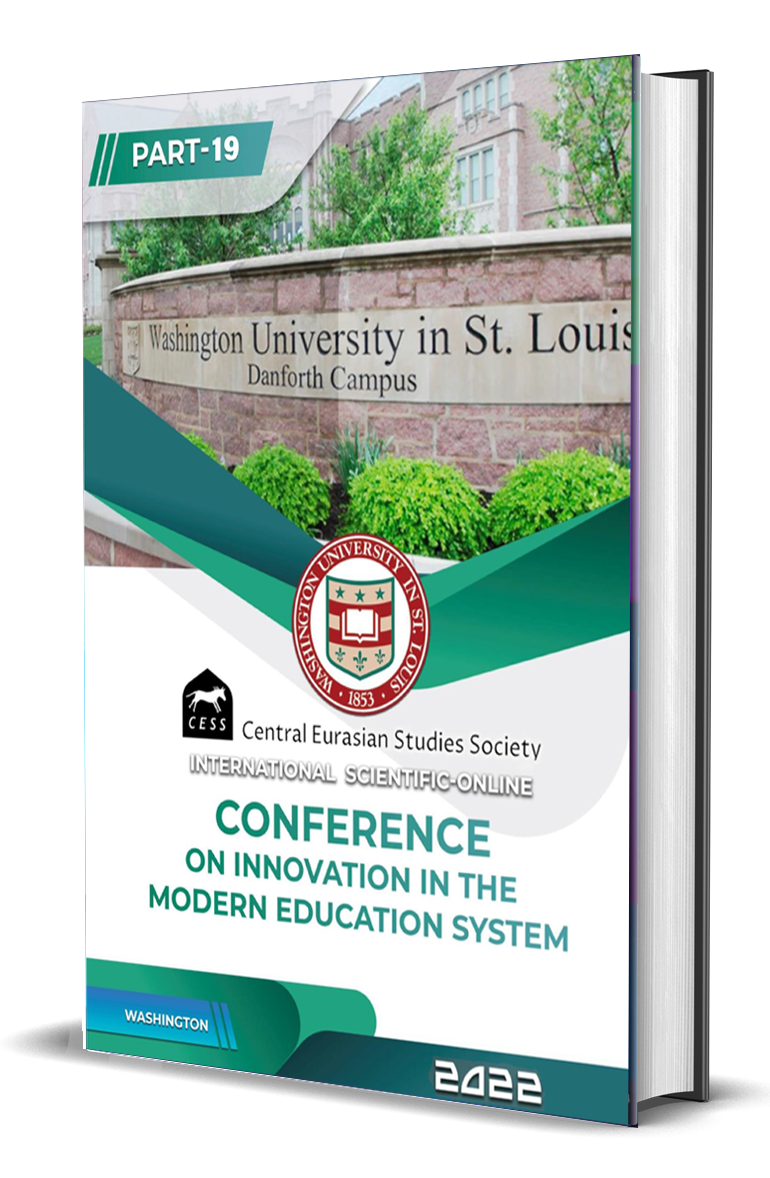COMPOUND WORDS AND PHRASES IN ENGLISH
Abstract
Compound words and phrases in English constitute a fascinating linguistic phenomenon that involves combining two or more individual words to create a single word or phrase with a distinct meaning, enhancing the richness, versatility, and efficiency of the English language. These compounds can be found across various domains and categories, from everyday vocabulary to specialized terminology in fields such as technology, medicine, and business. Understanding compound words is essential for developing vocabulary, decoding complex terms, and enhancing overall language proficiency. Compound formations may vary in structure, spelling, and hyphenation, influenced by regional and stylistic preferences, while offering a high degree of productivity and adaptability. Studying compound words and phrases expands one's linguistic repertoire, enabling comprehension of domain-specific language and fostering effective reading, writing, and communication skills in English. They contribute to the evolution and change of language, providing new lexical creations and allowing for nuanced and precise communication.
References
Bauer, L. (1 January 2006). "Word Formation". Encyclopedia of Language & Linguistics (Second Edition). Elsevier: 632–633. doi:10.1016/b0-08-044854-2/04235-8. ISBN 9780080448541. Retrieved 17 December 2021.
Baker, Anne; Hengeveld, Kees (2012). Linguistics. Malden, MA.: John Wiley & Sons. p. 23. ISBN 978-0631230366.
Gaybullayeva, N. D. K., & Kizi, T. N. Z. (2022). THE ROLE OF INNOVATIVE METHODS FOR LISTENING COMPREHENSION IN TEACHING LANGUAGE LEARNERS FOREIGN LANGUAGES AND MAINLY ENGLISH. Central Asian Research Journal for Interdisciplinary Studies (CARJIS), 2(10), 8-10.
Katamba, F. (1 January 2006). "Back-Formation". Encyclopedia of Language & Linguistics (Second Edition): 642–645. doi:10.1016/B0-08-044854-2/00108-5. ISBN 9780080448541.
Teshaboyeva, N., & Mamayoqubova, S. (2020). COMMUNICATIVE APPROACH TO LANGUAGE TEACHING. In МОЛОДОЙ ИССЛЕДОВАТЕЛЬ: ВЫЗОВЫ И ПЕРСПЕКТИВЫ (pp. 409-414).
Teshaboyeva, N. (2020). LINGUISTIC PERSONALITY, ITS STRUCTURAL CHARACTERISTICS IN THE NEW PERSPECTIVE DIRECTIONS. In МОЛОДОЙ ИССЛЕДОВАТЕЛЬ: ВЫЗОВЫ И ПЕРСПЕКТИВЫ (pp. 415-420).
Teshaboyeva, N. Z. (2019). TEACHING ENGLISH THROUGH LITERATURE INTESL AND TEFL CLASSROOMS. In СОВРЕМЕННЫЕ ТЕХНОЛОГИИ: АКТУАЛЬНЫЕ ВОПРОСЫ, ДОСТИЖЕНИЯ И ИННОВАЦИИ (pp. 82-84).
Teshaboyeva Nafisa Zubaydulla qizi, Jurayev Muhammadrahim Murod o’g’li, & Mamirova Munisa Rajab qizi. (2021). Language Learning Culturally and the Role of Literature in Teaching Process. Central Asian Journal of Theoretical and Applied Science, 2(3), 1-5. Retrieved from https://www.cajotas.centralasianstudies.org/index.php/CAJOTAS/article/view/84
Teshaboyeva, N. (2023). THE IMPORTANCE OF TOURISM IN PRESENT DAY. Журнал иностранных языков и лингвистики, 5(5).
Teshaboyeva, N. (2023). THE MODERN INNOVATIVE TECHNOLOGIES IN TEACHING FOREIGN LANGUAGES. Журнал иностранных языков и лингвистики, 5(5).
Teshaboyeva, N. Z. (2023, November). Adjective word group and its types. In " Conference on Universal Science Research 2023" (Vol. 1, No. 11, pp. 59-61).
Teshaboyeva, N. Z. (2023, November). Modifications of Consonants in Connected speech. In " Conference on Universal Science Research 2023" (Vol. 1, No. 11, pp. 7-9).
Nafisa, T., & Marina, S. (2023). TEACHING AND LEARNING OF ENGLISH VOCABULARY IN TESL AND TEFL CLASSROOMS. International Journal of Contemporary Scientific and Technical Research, 465-469.vv





